#zagros mountains
Photo
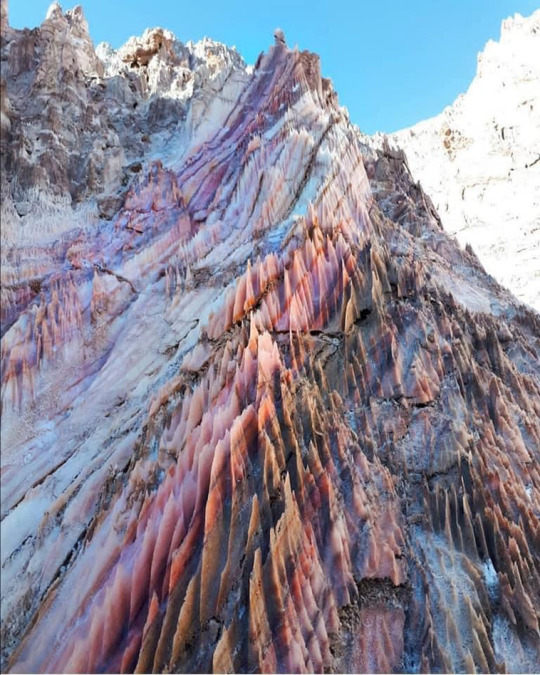
Salt Domes And Salt Glaciers of Zagros Mountains, Iran
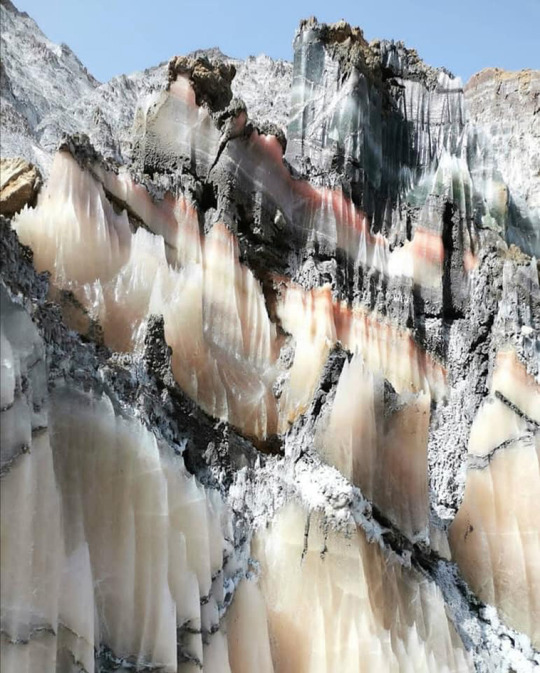



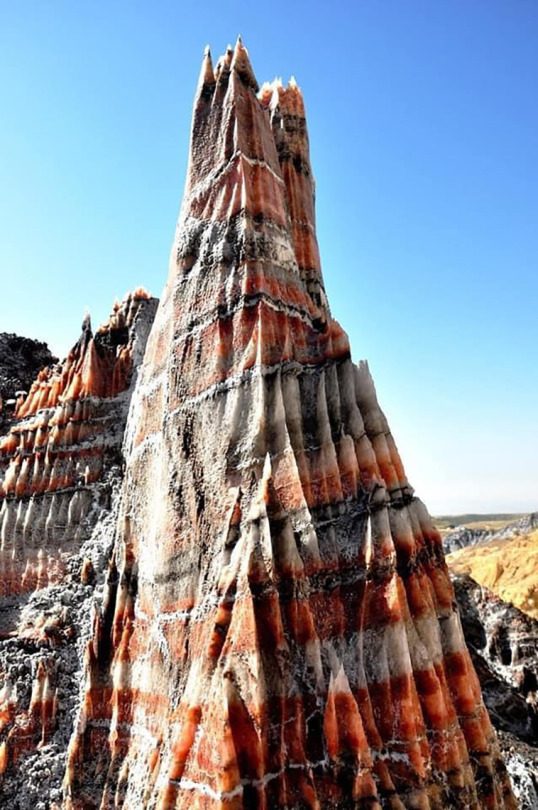
1K notes
·
View notes
Text
https://www.archaeology.org/issues/489-2211/digs/10889-digs-kurdistan-fortress
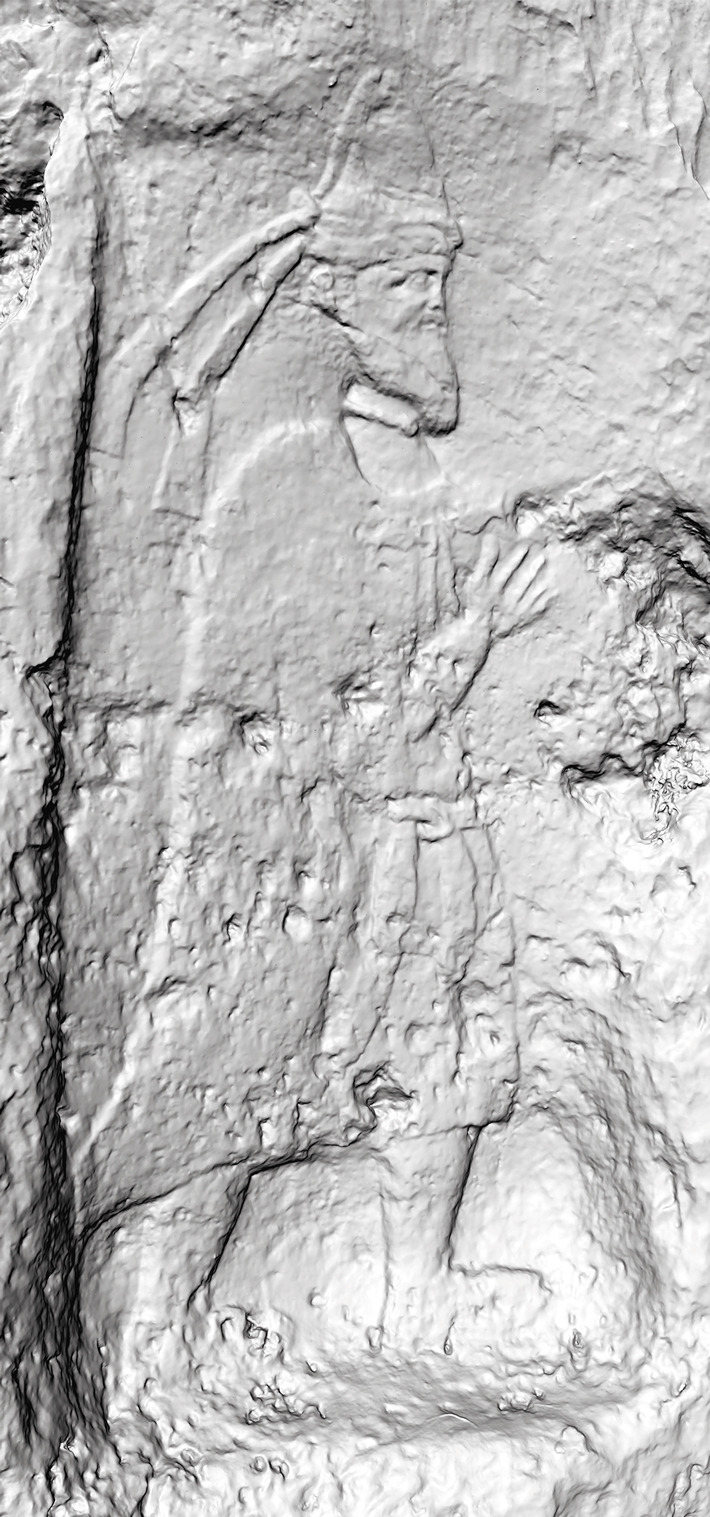
Amazing. A city built in the mountains - very similar, on first glance, to Macchu Picchu.
22 notes
·
View notes
Link

The Gutians arrived in the central Zagros Mountain range of Mesopotamia in the last few centuries of the third millennium BC to raid and disrupt.
#history#historyfiles#ancient history#gutians#mesopotamia#ancient mesopotamia#sumer#sumerians#akkadians#iraq#iraq history#zagros mountains
2 notes
·
View notes
Text
Rome and Roads from the West
Rome and Roads from the West
Episode 17: Rome and Roads from the West
Foundations of Eastern Civilization
Dr Craig Benjamin (2013)
Film Review
I found this lecture valuable due to surprising insights on Roman history I’ve never encountered before.
Benjamin traces the collapse of republican rule in Rome to the economic collapse it experienced following its 16- year battle with the Carthaginian general Hannibal. During his…
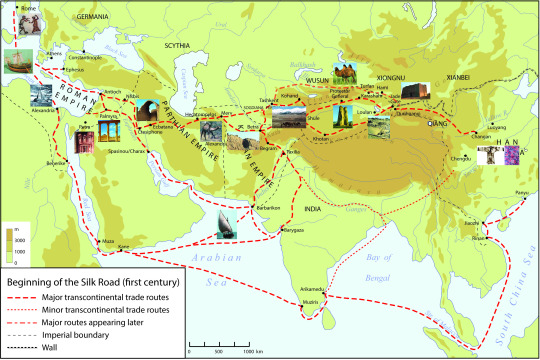
View On WordPress
#augustus#bactria#battle of carrhae#carthage#gaius gracchus#hannibal#indus valley#julius caesar#kushan#octavian#tiberius gracchus#zagros mountains
2 notes
·
View notes
Text

Zagros Mountains, Iran
Amir Deljouyi
0 notes
Text
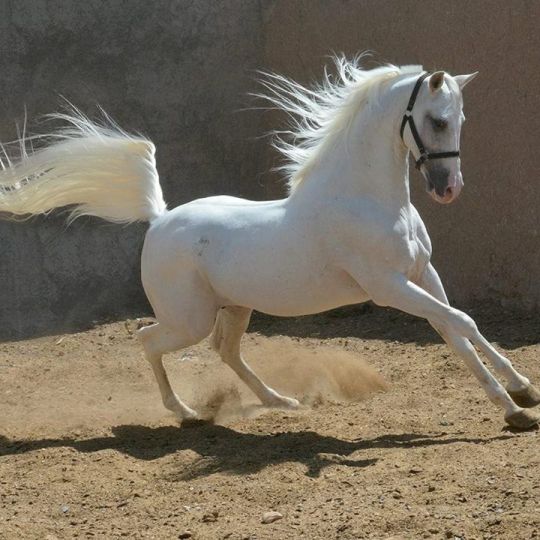
I would find it difficult- and as a very religious man, I do not say such a thing lightly- to find better evidence for the existence of a benevolent Creator than this photograph.
0 notes
Text

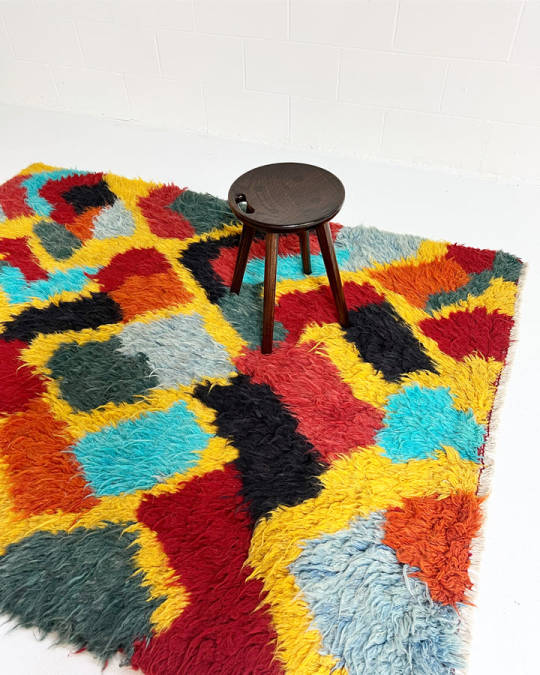

"THE WORD "GABBEH" COMES FROM THE PERSIAN "گبه," MEANING RAW, NATURAL, UNCUT."
PIC(S) INFO: Spotlight on a colorful vintage gabbeh rug [No. 9], by Forsyth Art, Saint Louis, gallery & studio. Dimensions 60 x 80 inches.
"A gabbeh rug is traditionally a sleeping rug. The pile is thick and cozy and hand-spun and woven of 100% sheep's wool. These rugs is popular among the populations of the Zagros Mountains of��Iran, including Kurdish, Luri and Qashqai people."
-- FORSYTH ART (gallery and studio)
Source: www.forsythart.com/collections/vintage-rugs/products/vintage-gabbeh-rug-no-9.
#Gabbeh rug#Gabbeh rug No. 9#Rug#Vintage Rug#Vintage Gabbeh rug#Gabbeh#Vintage Rugs#Home décor#Décor#Forsyth Art Gallery and Studio#Forsyth Art Gallery and Studio St. Louis#Forsyth Ar. Gallery and Studio Saint Louis#Haute boheme#Rugs#Bohemian Style#Vintage Style#Zagros Mountains#Iran#Southwest Asia#Boho Style#Boheme#Persian#Kurdish#Boho#Bohemian
0 notes
Photo
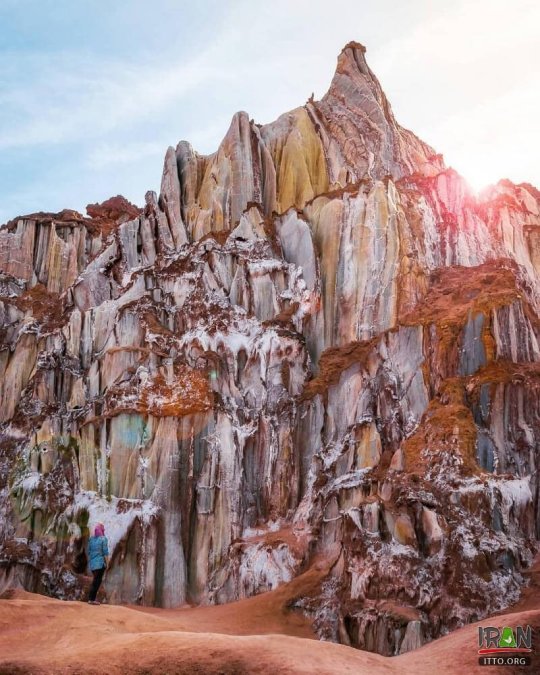
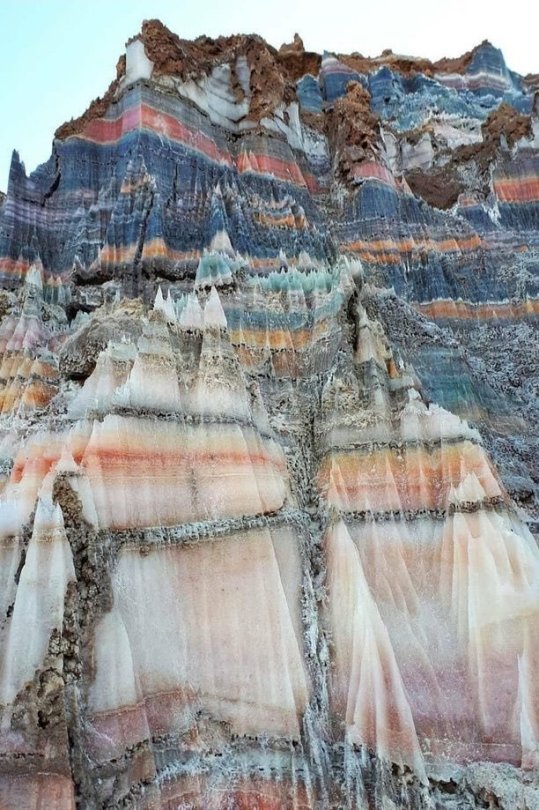

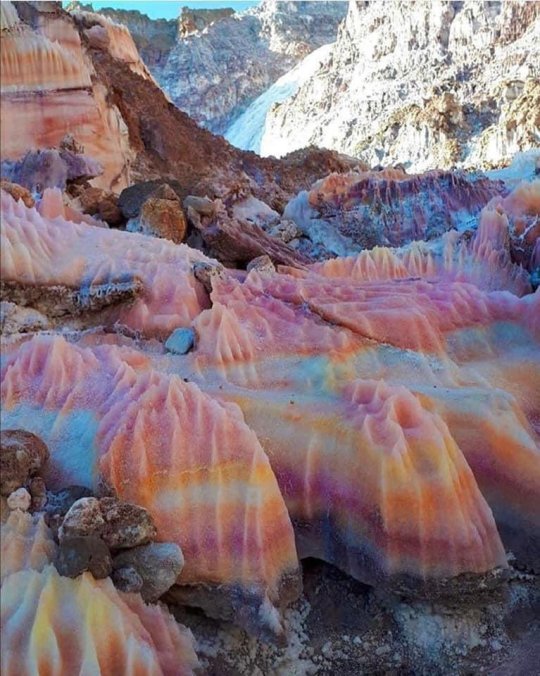
10 notes
·
View notes
Text
A treasure was found,by accident.
TEHRAN –Two climbers have found a rock-carved bas-relief on their way near the UNESCO-registered Pasargadae, southern Iran.

“Two climbers came across this inscription while climbing on their way near Tangeh Bolaghi in the Pasargadae region,” a local official in charge of the protection of cultural heritage said on Wednesday.
They immediately informed officials of the Pasargadae, the World Heritage site, Mehr reported.
“These two mountaineers, who asked not to be named, considered the historical relics to be a part of the past of this region, which belongs to all Iranians, and efforts should be made to preserve and protect them.
Experts say the inscription, which dates from the Sassanid era, is actually a dedicatory letter that informs about the construction of a bridge, dam, and road, and a blessing has been prayed for its builders.
Inscribed on a rack piece measuring 90 by 40 cm, the relief bears three separate texts with the same themes, all in the Pahlavi script.
Tangeh Bolaghi is an archaeologically significant valley, consisting of 130 ancient settlements, dating back to the period between 5,000 BC and the Sassanian dynastic era (224-651 CE). It is situated in the southern province of Fars, some seven kilometers from Pasargadae.
Archaeological research since 2005 has discovered a section of a former royal road connecting Pasargadae to Persepolis, Susa and other regions of the Persian Empire up to Sardis. Excavations have provided archaeologists with a unique insight into the lives of the people living in the Achaemenid dynastic era.
Pasargadae, which began under Cyrus the Great in about 546 BC, maybe more expanded than what is perceived from its ruins. “Archaeological evidence suggests that Pasargadae is beyond what we see. It was a summer residence, a recreational area with many gardens and buildings…,” according to Iranian archaeologist Ali Mousavi.
Situated about 50 km north of Persepolis, Pasargadae was the first dynastic capital of the Achaemenid Empire in the 6th century BC. Its palaces, gardens, and the mausoleum of Cyrus are outstanding examples of the first phase of royal Achaemenid art and architecture and exceptional testimonies of Persian civilization.
Pasargadae developed into a city of some significance until it was superseded by Darius I’s magnificent palace in Persepolis. The key sights on this isolated plain are the Tomb of Cyrus, Darius' Garden, and Cyrus' private palace. Around 500m north of Cyrus’ private palace is the remains of the Prison of Solomon (Zendan-e Soleiman), variously thought to be a fire temple, tomb, sundial, or store. On the hill beyond is the Tall-e Takht–a monumental 6000-sq-meter citadel used from Cyrus’ time until the late Sassanian period. Local historians believe the references to Solomon date from the Arab conquest when the inhabitants of Pasargadae renamed the sites with Islamic names to prevent their destruction.
The 160-ha archaeological site stands as an exceptional witness to the Achaemenid civilization. The vast Achaemenid Empire, which extended from the eastern Mediterranean and Egypt to the Indus River in India, is considered the first empire to be characterized by respect for the cultural diversity of its people. Experts believe that Pasargadae represents the first phase of this development, specifically Persian architecture, which later found its full expression in the city of Persepolis.
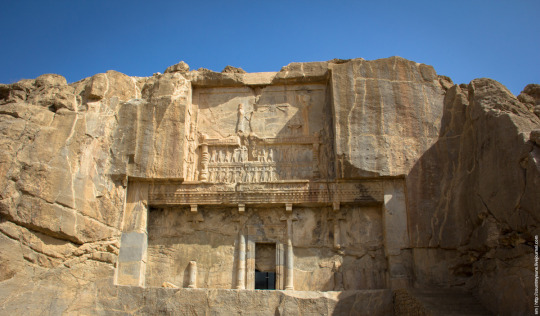
Source:https://www.tehrantimes.com/news/480467/Bas-relief-found-near-Pasargadae-by-accident
#Iran#ancient Persia#Iran Tehran#UNESCO#Pasargadae Iran#Iran Persepolis#پاسارگاد#UNESCO World Heritage#archaelogy#Zagros Mountain#Tangeh Bolagni#Achaemenid Empire#Cyrus the Great Persia#ایران#bas relief#کوههای زاگرس#Achaemenes#Tehrantimes#Cyrus the Great
3 notes
·
View notes
Text
Early humans lived on Iranian Plateau for 20,000 years after leaving Africa, study suggests
TEHRAN – Following the exodus from Africa around 70,000 years ago, early humans established a significant presence on what is now known as the Iranian Plateau, according to a new study.
As Homo sapiens migrated out of Africa, they left minimal evidence of their movements until resurfacing in Eurasia 20,000 years later. This leaves a puzzling question: where did they reside during this interval?…
View On WordPress
#africa#ancient#anthropologist#archaeologist#archaeology#Eurosia#Fossils#homo sapiens#hunter-gatherer#Iran#Iranian plateau#live science#out of Africa#Persian plateau#study#West Asia#Zagros Mountain
0 notes
Text
Kamāncha is smoothly landing on a Kurdish musical mode from Zagros mountain. Moments from my performance at "Ottawa Kurdish Cultural Forum" event in October 2022 🔥
1 note
·
View note
Text
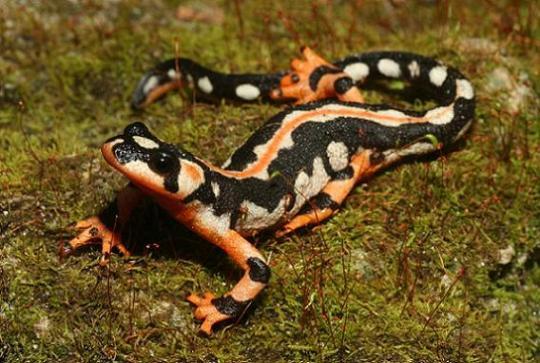
Kaiser’s Spotted Newt aka Luristan Newt (Neurergus kaiseri), family Salamandridae, endemic to the Zagros Mountains of Iran
ENDANGERED.
photograph by Richard Bartlett
296 notes
·
View notes
Text
This is a fifth chapter of my COD fic "At the Crossroads of the Worlds" translated by @g8se.
Task force "141" was sent to clean up a secret laboratory, the research of which was financed by states recognized as sponsors of terrorism. The soldiers broke into a bunker located in the Caucasus Mountains on the Russian-Georgian border. At first, everything went according to plan, but after the fighters split up, Ghost came across a strange room, the door of which locked automatically the moment he was inside. Without knowing it, Simon Riley had set off an experiment that had been brewing here for years, and now he would have to be very strong to finally return home.
First chapter | Second chapter | Third chapter | Fourth chapter
Chapter 5 of 6. 826 words (it's small, but important)
Past character death, angst, action, secret lab, experiment, parallel worlds

August 18, 2016. Temporary base of TF 141. Iran. Zagros Range. Coordinates classified.
Experiment status: concluded. Subject has completed reverse transportation.
Reality LW414/2016.
“So, when you woke up, he was already gone," Captain Price summed up, glancing at Lieutenant Riley, who nodded. "Well, I hope he made it home in one piece. Although I can't help but admit, I was somewhat hoping he'd stay. A soldier like him would be a nice addition to the 141.”
"And I never properly thanked him," Sergeant Sanderson shook his head. "He saved my life."
"I'm sure he knows everything you could say or do," Captain MacTavish spoke, his tone also tinged with sadness.
All four fell silent, sipping their coffee and puffing on cigarettes and cigars. Then Johnny got up, extinguished his cigarette, and left the room. Simon watched him go, stayed for a minute or so, then got up and followed suit, determined.
Roach glanced at the door, then turned back to Captain Price and tilted his head slightly to the side. The captain only shook his head, as if to say he had no idea what was going on, then got up, collected the cups, and carried them to the kitchen.
Simon found Johnny just where he had been talking to Ghost yesterday. MacTavish was hiding from the sun in the shadow of a shabby building, casually twirling a lighter in his hand, not in a hurry to light up. The lieutenant approached as quietly as ever but intentionally stepped on some debris to announce his presence.
"Oh, it's ye, Simon," Soap turned at the sound and smiled. "Well, I can ca' ye Ghost again. Ye dinnae like it when people use yer real name."
"I want to talk to you," the lieutenant said, ignoring MacTavish's remark. "There's something I need to tell you."
"I'm listening," Soap dropped the playful tone and looked at Ghost with some concern. "Is something wrong?"
The lieutenant took a deep breath and clenched Captain Riley's tags in his hand through his clothes. His resolve wavered, but he gathered his courage quickly, not wanting to back out completely, and blurted out:
"I like you!" Then, after a moment's thought, he added more softly, "Not as a commander or a fellow soldier, but... differently."
"I like ye too," Johnny replied calmly, and a smile returned tae his lips. "Actually, I've liked ye for quite a while. I just dinnae want tae say anythin' because, well, ye know... ye're a bit... no yersel' lately. I dinnae want tae upset ye, ken?"
"Yeah," Simon nodded, then stepped closer.
MacTavish cautiously placed his hands on his waist and pulled him closer, ready to let go at any moment. Riley, however, didn't try to break free or resist. Quite the opposite, he wrapped his arms around Johnny's neck and looked into his eyes.
"Lift yer balaclava," Soap requested. "No all the way, if ye dinnae want tae. Jist a wee bit."
Ghost remembered his older double’s tale of struggling to trust and how much time he lost with his Johnny because of it; he remembered Captain Riley calling him beautiful. Anxiety clenched in his chest, his heart quickened its pace, but the lieutenant overcame himself once more, took hold of the edge of his balaclava, and pulled it up completely, tucking the piece of fabric into his pocket.
Johnny's eyes widened in surprise. Then he raised his hand and gently stroked Simon's scarred cheek before tenderly and passionately kissing him.
They didn't have time to savour this newfound connection between them. Captain Price received the information they had all been waiting for, and 141 began preparing for departure. The pilot double-checked all helicopter systems for the last time, the soldiers gathered and donned their gear, as well as what the mysterious visitor from another world had given them, who had managed to become a good friend to all of them. Sitting in the cargo hold and heading towards a new objective, which might lead them to Makarov and allow the soldiers to redeem their names, Gary brought up Captain Riley again. They exchanged a few words, and then Simon, holding the MX25 on his knees, spoke with sorrow in his voice:
“He helped all of us. It's just a shame we won't be able to do anything for him.”
“Hold on, Ghost," Captain Price objected. "We know that certain people and events in our world and his are identical. We know when his MacTavish died. We know where and when in his world that lab was built. So what if we can still help him, just not now, but later?”
“Later for us, but not for him!" Johnny caught on to the thought, rubbing his palms.
“2030?" Roach smiled. "Well, that's not too far off. We'll make it.”
“We have to make it," Riley said seriously and reached his hand downwards.
MacTavish covered it with his own, then Price and Sanderson joined in. Having sealed their promise, they settled in more comfortably and switched to discussing current affairs. A new battle awaited them, one they simply couldn't afford to lose.
#call of duty#simon ghost riley#john soap mactavish#ghost x soap#ghostsoap#soapghost#soap x ghost#ghoap#simon riley#johnny mactavish#09 ghost#09 soapghost#og soap#captain soap mactavish#captain mactavish#captain john mactavish#captain john price#captain price#gary roach sanderson#cod 141#cod 09#parallel universe#cod fanfiction#fanfiction#fix it fic#john price
54 notes
·
View notes
Text
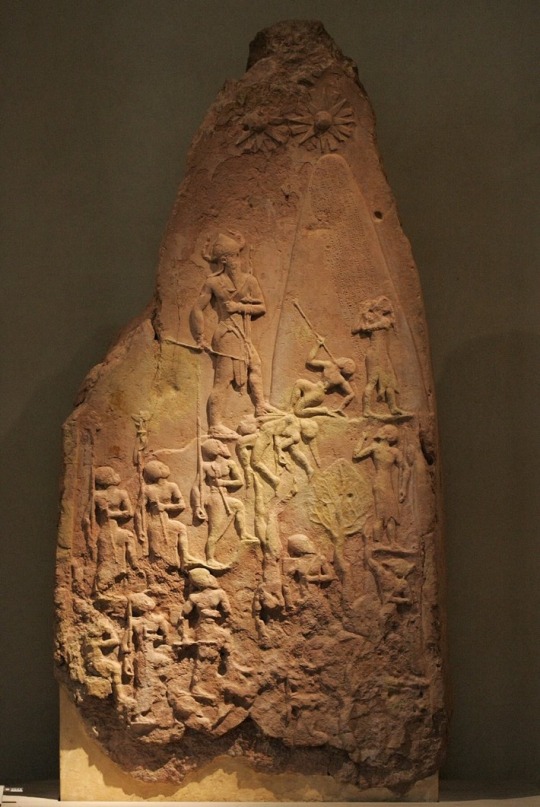
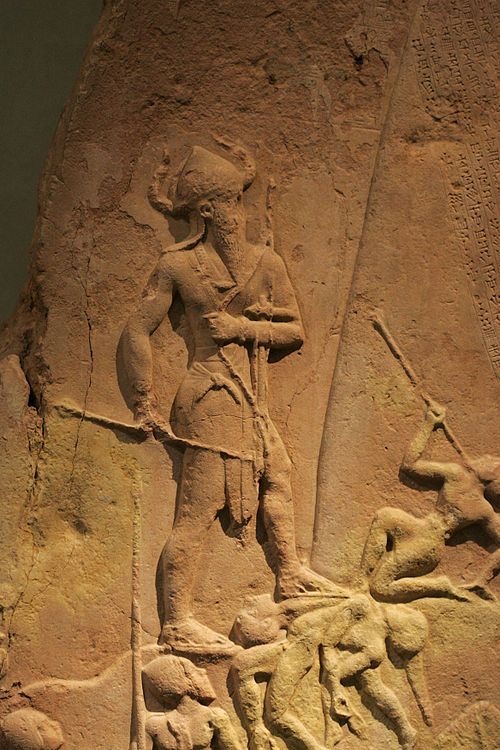


#Curiosities
Naram Sin Stele (2250 BC) Akkadian Period #Mesopotamia.
Made of sandstone, it has a height of 2.02 m and a width of 1.05 m.
It is a narrative relief, it tells of the victory of the Akkadian king Naram Sin against a people of the Zagros Mountains, the Lullabi. The victorious king, of enormous size, wearing a helmet with horns (divine attributes), crushes his enemies with his foot while he kills two others. The divinities Ishtar and Sin are represented at the top of the mountain observing and protecting the king.
The Akkadian empire will extend approx. between 2335 and 2154 BC, a period in which only five kings reigned. Its founder will be Sargon the Great (Sharrum-Kin) (2334-2279 BC), whose birth closely resembles that of Moses. Sargon was the son of a priestess who had to remain a virgin and his father was unknown. To hide the sin, his mother placed him in the river in a basket with such luck that he was picked up by a palace cupbearer who raised him as her own son and learned the trade of gardener. From there to becoming king...
“My mother was a high priestess, I didn't know my father. (…) My mother high priestess conceived me, she secretly gave birth to me. She left me in a reed basket, with bitumen she sealed the lid. She threw me into the river, which rose above me. The river carried me and she carried me to Akki the water bearer. Akki the water bearer took me as his son and raised me. Akki the water bearer appointed me his gardener. Although I was a gardener, Ishtar granted me her love, and for four (…) years I have exercised the monarchy.”
Assyrian text from the 7th c. BC, which presents the autobiography of Sargon of Akkad.
You can see the Stele in the Louvre Museum, Paris.
93 notes
·
View notes
Photo
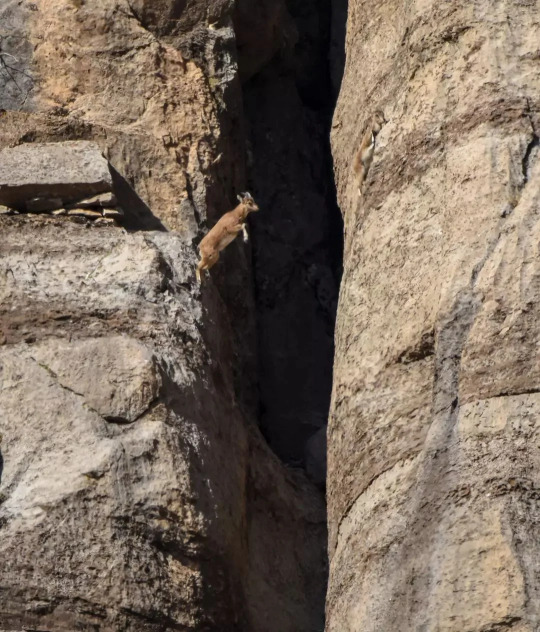
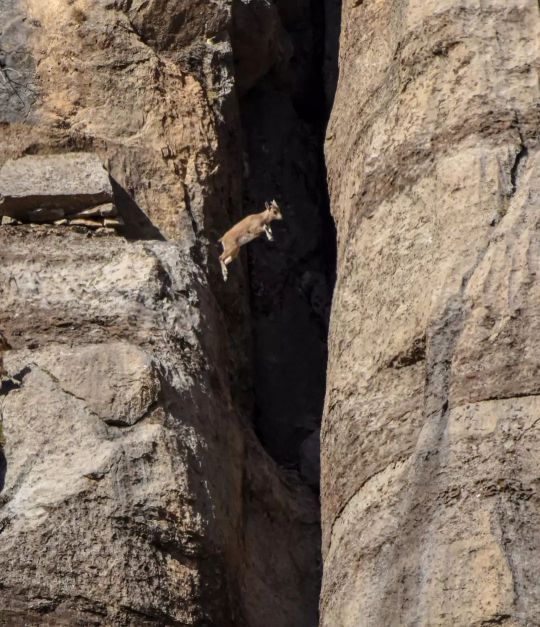
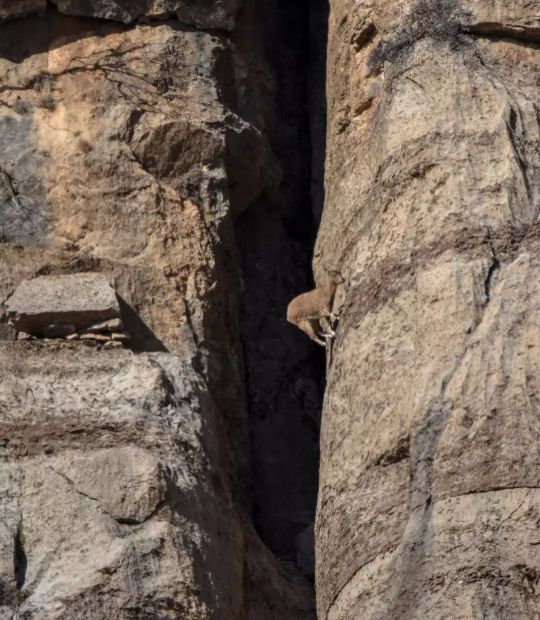
Mountain goat jumping over Canyon in Zagros
By Farzad Dehghani
363 notes
·
View notes